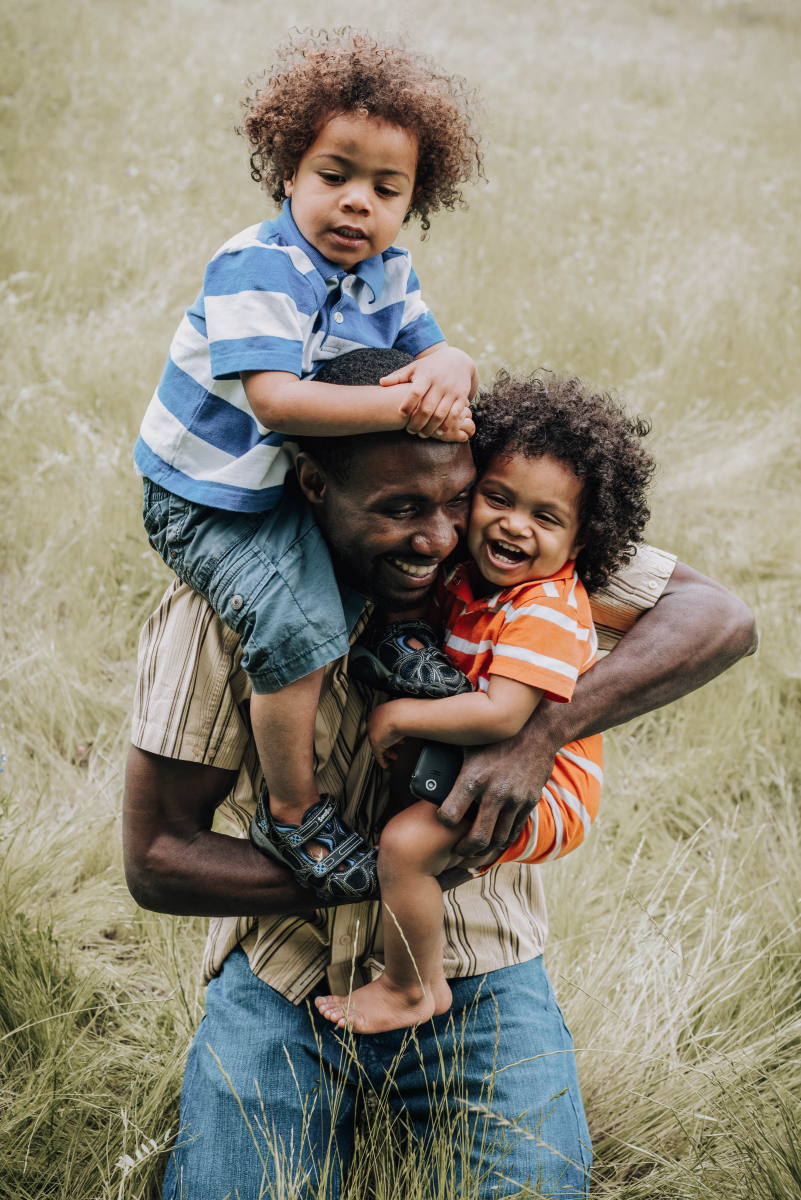 Children need kind, loving boundaries to feel Secure & Calm, held in their relationships, and safe in their worlds. Caring for a young child is a tremendous opportunity to learn about your own boundaries, as well as to model what clear, consistent care feels like for the toddlers or preschoolers in your life. Janet Lansbury, author of No Bad Kids: Toddler Discipline Without Shame, offers heart-felt wisdom for understanding common challenges adults face when they try to set boundaries that honor both their own and their children’s needs. Read on to learn why boundaries are healthy for children and adults alike, and how to set the Compassionate & Kind boundaries that truly nurture adult-child relationships.
Children need kind, loving boundaries to feel Secure & Calm, held in their relationships, and safe in their worlds. Caring for a young child is a tremendous opportunity to learn about your own boundaries, as well as to model what clear, consistent care feels like for the toddlers or preschoolers in your life. Janet Lansbury, author of No Bad Kids: Toddler Discipline Without Shame, offers heart-felt wisdom for understanding common challenges adults face when they try to set boundaries that honor both their own and their children’s needs. Read on to learn why boundaries are healthy for children and adults alike, and how to set the Compassionate & Kind boundaries that truly nurture adult-child relationships.
Note: While the suggestions in this resource are geared towards children 18 months – 5 years, they can easily be applied to other age groups.
8 Steps to Set Compassionate & Kind Boundaries with Young Children
- Let your feelings be your guide: Feeling annoyed, resentful, or overwhelmed with a child’s behavior signals that a boundary is needed. Our children thrive when we delight in them – which we can’t do when we’re feeling negatively about their behavior. Often, setting boundaries frees children from a stuck state of tension and unease too.
- Reframe needs vs wants: In order to honor our feelings and set reasonable boundaries in response, it can be helpful to differentiate between your child’s needs (such as sleep, food, drink, and a sense of safety) and wants (such as to play a specific game, eat a favourite food, or delay getting ready). While it is our role as caregivers to meet children’s needs regardless of how we feel, it doesn’t benefit us or our children to do something we don’t want to do in response to children’s want-based demands.
- Don’t let guilt into the drivers seat: Guilt, trying to please, and fear of disappointing others are all motivations that prevent us from setting the boundaries that our children need (and we often desperately need too!). Permissiveness and ambivalence take us away from our own intuition and into an uncomfortable state of inner conflict – which children can sense and feel unsettled by.
- Be clear, confident, comfortable, and connecting: Put these four C’s of healthy boundaries into action by saying what you mean in the simplest terms possible, with conviction and enough comfort that you don’t need to raise your voice or be overly serious about it. This is most powerful when done with true affection. Doing so paves the way for connecting, which Janet explains is: “the way we are direct, clear, honest in expressing our boundary to our child.”
- Equate boundaries with seeing & loving the whole child: Janet reminds us that “To children, our boundaries mean we see you, we love you, we care enough to make the effort, an effort that children always sense and appreciate. Never doubt that.” Coming back to this truth can help us feel good about setting difficult boundaries with the children we care about. An example of how to do this with your child when they are are unwilling to do something non-negotiable such as going to school or taking a shower is- rather than say "you have to do it!" you could say "Well you have to do it but how can I make this easier or better for you?". You could provide some suggestions such as "you can listen to music while in the shower" or "I can help you shampoo your hair" or "how about we stop at the playground for 5 minutes before school" or "you can take your favourite stuffie to school today".
- Visualize success: Imagine the child doing the thing you are asking of them as you say it. This shows them that you believe in the boundary you are setting, which helps children feel more at ease – and more likely to cooperate.
- Expect & accept pushback: It is your job as the adult to set the boundary, and the child’s job to let you know how they feel about it. Often, they won’t like it – but if you expect a meltdown, you can be prepared to calmly weather the storm without giving in. Sometimes, children push hard against us because they are subconsciously searching for an emotional release. In these instances, their reaction to a boundary isn’t just communication – its cathartic.
- Commit to self care: When the going gets hard, and your boundaries start to wobble, reground your resolve in knowing that boundaries are “the ultimate self-care that’s so good for your children. It’s crucial for your children to know that you have boundaries and that you feel clear and good about the choices that you make.” And when you take care of yourself, it is so much easier for your love, affection, and delight in your child to shine through!